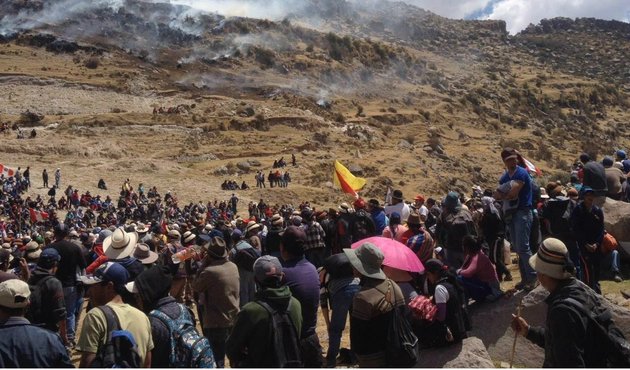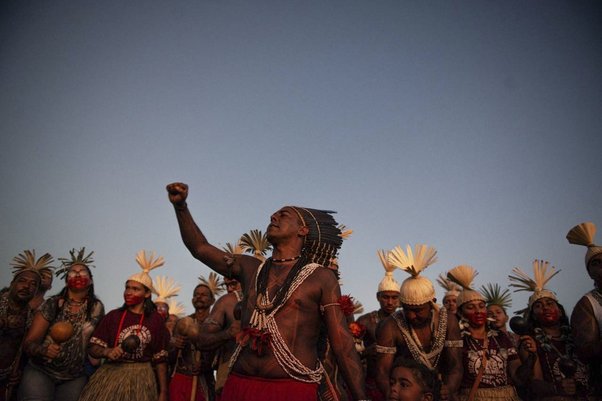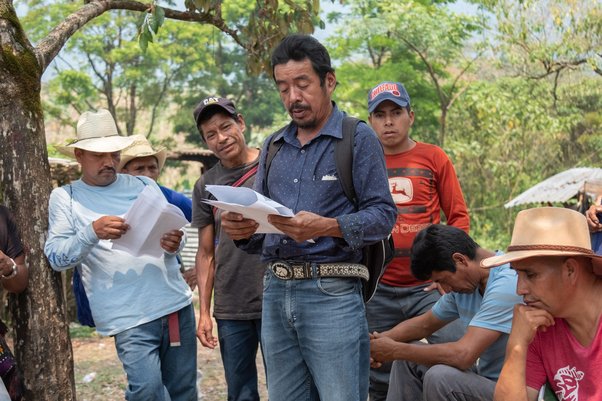While leaders gather at the UN climate conference in Paris, people are dying on the frontline of the battle to save our planet
As competition for valuable natural resources intensifies, the battle over land, forests and water is becoming ever more deadly. Global Witness research has revealed that every week at least two people are killed defending their land from environmental destruction.
These people are dying defending our planet, and they need to be protected.
As world leaders gather for the UN climate conference in Paris, Global Witness is profiling 10 activists slain this last year on our environmental frontiers.
The victims were all ordinary people who took a stand against the damage wrought by industries like logging, mining, agribusiness and hydropower.
Their murders took place in the top ten most dangerous countries to be an environmental defender.
Rigoberto Lima Choc: Guatemala
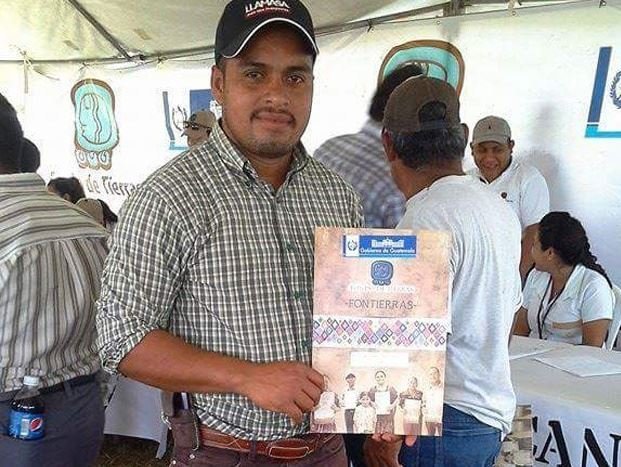
On 18 September 2015, Rigoberto Lima Choc was shot dead in broad daylight opposite the courthouse in Sayaxché, Guatemala.
On the same day, three other activists – Hermelindo Asij, Lorenzo Pérez and Manuel Mendoza – were kidnapped after allegedly receiving threats that they would be burned alive.
Lima Choc and his colleagues were the first to document the catastrophic environmental destruction caused by palm oil company REPSA in the Río de la Pasión.
Water pollution said to have been caused by pesticides left thousands of fish dead and affected over 12,000 people, leading the Ministry of the Environment and Natural Resources to describe the incident as "ecocide ... the most serious environmental problem of its kind in national territory in living memory.”
Lima Choc spearheaded the fight against REPSA, first presenting a formal complaint to the authorities, then appearing as a witness in a case against the palm oil company, which led to a temporary suspension of its activities.
"We want this impunity to end", Lima Choc said at a press conference in Guatemala City, “we’re going to continue to struggle for the formal complaints we have already filed, and continue to file formal complaints until we see where it takes us.”
REPSA have rejected accusations that they caused the water pollution in the Río de la Pasión and have also categorically rejected any link between the company and the killing of Rigoberto Lima Choc.
We want this impunity to end
Emerito Samarca, Dionel Campos and Bello Sinzo: Phillipines
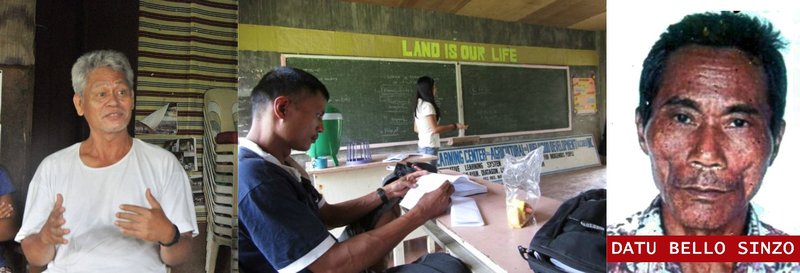
On 1 September 2015, three activists from the Lumad Indigenous community in the Philippines were murdered – allegedly by Magahat-Bagani Forces, a notorious paramilitary group.
After torching the village workshop, the militia warned the community that if they did not leave the area they would all be massacred.
As villagers fled to a nearby village, Emerito Samarca was ordered to stay behind. His body was found the next day at the school he taught at, with stab wounds and his arms and legs bound.
Dionel Campus and his cousin Bello Sinzo were assassinated on the same night by the Maghat-Bagani, who peppered them with bullets in front of their neighbours.
Campus was the chairperson of the Indigenous group Mapasu, which campaigned against the encroachment of large-scale mining and logging onto Indigenous land and other human rights violations against the Lumad people.
This triple-murder is part of a worrying trend of Filipino Indigenous activists being targeted for their opposition to the country's mining industry – a sector that operates with very little transparency and regularly fails to consult local communities.
Luis Marcía Ventura: Honduras
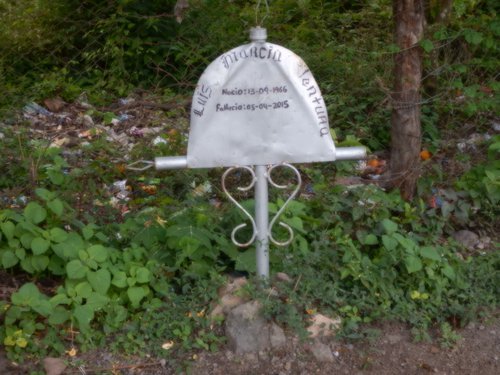
Luis Marcía Ventura was the fourth activist to be killed in a spate of murders in a small Indigenous community in Locomapa, Northern Honduras.
Since 2009, the Indigenous Tolupán group has been campaigning against the illegal mining and logging which has devastated their communal forests. Following three murders in 2013 and a succession of death threats, many community members went into hiding.
Luis Marcía Ventura was killed just days after he had informed the police of continuing death threats against his family.
Two months after his death, another Tolupán leader was killed, Erasio Vieda Ponce, allegedly by the same hitmen who have outstanding arrest warrants for the 2013 killings.
These suspects are still at large in the community and continue to threaten those who dare take a stand.
Global Witness drew attention to the plight of the Locomapa community in its April 2015 exposé How Many More?, which found Honduras to be the world’s most dangerous country per capita to be a land defender, with at least 101 people killed between 2010 and 2014.
Honduran Indigenous peoples are being gunned down for simply defending their rights to their own land
Indra Pelani: Indonesia

22-year-old Indra Pelani was killed on 22 February 2015 in central Sumatra, Indonesia. Pelani, a farmer from Lubuk Mandarsah village, was an activist who had vocally opposed a spate of land grabs that had left farmers landless.
Pelani was travelling to a rice harvest festival with friend Nick Karim when they were stopped by security guards contracted by a plantation company owned by forestry giant Asia Pulp & Paper (APP).
As an altercation with the guards turned violent, Karim fled, seeking help. By the time he returned, Pelani was gone.
Pelani's body was found the next day in a nearby swamp, his hands and feet bound and his mouth gagged. APP owns over 2.4 million hectares of plantations in Indonesia, and is facing 500 land claims from villages that are still unresolved.
In a statement, APP pledged assistance to the investigation into the death of Indra Pelani, saying that it has “required PT Wira Karya Sakti to suspend all of the personnel alleged to be involved in the incident including security officers, the commander of the District Eight security team and the head of security at contractor PT MCP.”
Chai Bunthonglek: Thailand
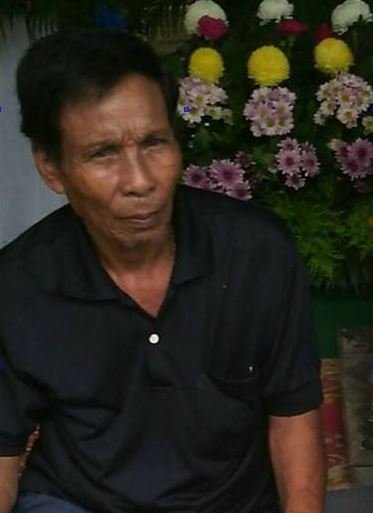
On 11 February 2015, Thai land rights defender Chai Bunthonglek was gunned down in his home. The unidentified gunman shot Chai six times in the head and chest, before escaping on a motorcycle.
Chai was a veteran activist campaigning to reclaim community land from a palm oil company that continues to occupy villagers’ land despite owning a land lease that expired 15 years ago.
Chai's murder makes him the fourth activist from his community killed in the last five years. Not one murderer has been brought to justice.
Neither local nor national authorities offered any protection to Chai or his colleagues at the Southern Peasants’ Federation of Thailand despite the very real risk of a deadly attack.
According to Global Witness research, since 2001 22 environmental defenders have been killed in Thailand.
Eusebio Ka’apor: Brazil
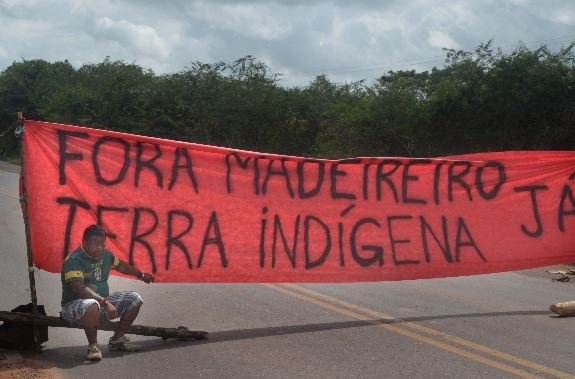
Without the forest, we are not the Ka'apor ... this is why we must defend it
On 26 April 2015, two hooded men on a motorbike ambushed Indigenous health worker Eusébio Ka’apor, fatally shooting him in the back.
The Ka'apor community believe that the assassins were timber traffickers because shortly after Eusébio’s death his son was warned by a logger that more people could die too.
The Ka'apor are an Indigenous community who live in the Alto Turiaçu Indigenous reserve in Brazil’s Amazon rainforest, in an area which has been ravaged by illegal loggers over three decades.
Violence against the community has ramped up over the past year after they shut down major logging tracks.
As one Ka'apor leader told Survival International, “there have been constant death threats against us for a long time. Now they are even killing to intimidate us. They say it’s better that we surrender our wood than more people die. We don’t know what to do, because we have no protection. The state does nothing.”
Fernando Salazar Calvo: Colombia

On 7 April 2015, Fernando Salazar Calvo was found dead, hours after a meeting on mining in central Colombia. Calvo was an active member of the Embera Chamí Indigenous group, which has been conducting small-scale mining on their land for hundreds of years.
In the months before Calvo's murder, his colleagues had received threats telling them to cease Indigenous mining in the area. Illegal mining companies and armed groups operate in the region looking to exploit Indigenous-controlled gold reserves.
As it stands, no one has been arrested for Salazar Calvo's murder.
According to Global Witness research, at least 90 activists have been killed in Colombia since 2009, mostly over the control and use of land.
Las Bambas mine protests: Peru
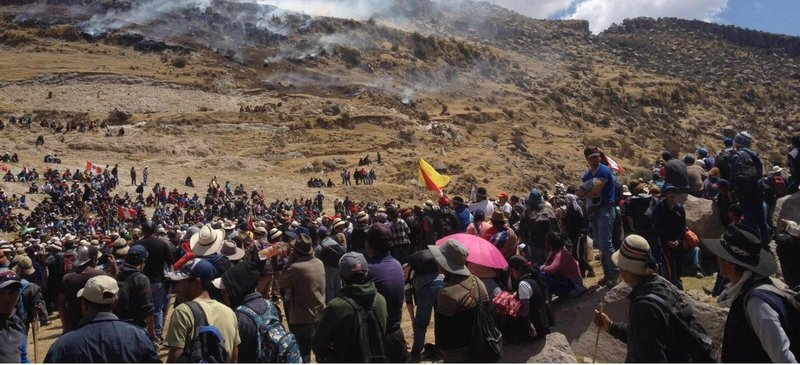
On 29 September 2014, four people were shot dead and 17 wounded by police in a protest against a $7.4bn Chinese-owned copper mine in Las Bambas in the Peruvian Andes.
Police opened fire on a crowd of 2000 highland farmers who were protesting against failures to consult them on building a copper processing plant less than three miles from the mine's open pits.
It was also reported that ambulances couldn't reach the local clinic following the attack because police shot at a doctors’ vehicle.
These deaths came less than five months after construction worker Henry Checlla was killed by police while protesting against the $1.4bn Tia Maria copper mine in the southern Arequipa region.
Local residents have opposed the mining project since 2009, claiming it would pollute their water and destroy local agriculture.
Juan Francisco Martínez: Honduras
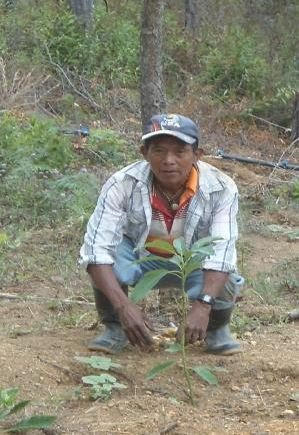
On 4 January 2015, Juan Francisco Martínez’s body was found with multiple stab wounds to the chest, his hands tied with the laces of military boots.
Martínez was a prominent member of an Indigenous Lenca organisation which has opposed the construction of a number of hydroelectric dams in central Honduras.
Martínez had taken a stand against the Los Encinos dam that is being built on Lenca land without proper consultation with the Indigenous group.
Colleagues of his had been kidnapped, received death threats and face fabricated criminal charges for opposing the dam, which is owned by the husband of Gladys Aurora López, Vice President of the Honduran Congress for the ruling Nationalist party.
Spouses of public officials in Honduras are forbidden by law to profit from state concessions.
Global Witness invited the dam company to comment on the apparent breach of Honduran law on politicians’ personal interests conflicting with public office but received no reply.
2014 saw a spike in deaths of environmental and land activists opposing hydropower dams, with 14 people killed. Many of the conflicts occur because hydropower projects are approved without consulting local people.
Raimundo dos Santos Rodrigues: Brazil
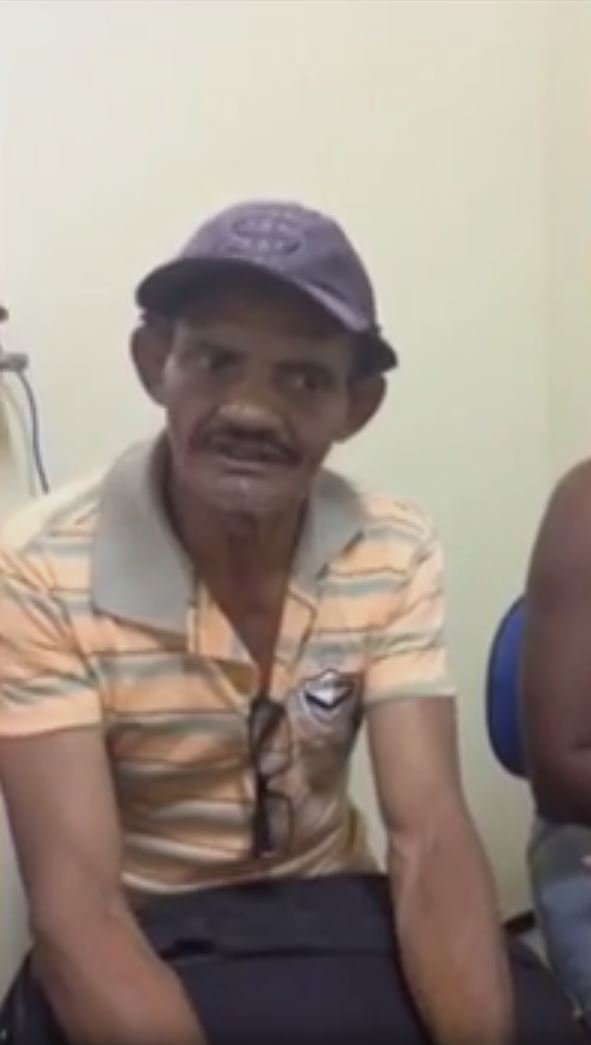
Twenty-five years ago, the killing of environmental activist Chico Mendes drew international attention to the acute vulnerability of forest defenders in Brazil. Today, Brazil is one of the most dangerous countries to be an environmental activist.
On 25 August 2015, two unidentified men shot dead Raimundo dos Santos Rodrigues as he returned home with his wife in Bom Jardim, Brazil.
Rodrigues worked as an advisor to the Chico Mendes Institute for Biodiversity Conservation and was well-known for denouncing illegal logging and land-grabbing in Indigenous reserves. He had received numerous threats.
According to the Comissão Pastoral da Terra, in the first quarter of 2015 22 of 23 Brazilian deaths in land conflicts happened in the Amazon region.
Global Witness will be profiling an environmental defender a day in the 10 days leading up to the UN climate conference in Paris. Please share these images from our Facebook and Twitter calling on governments to protect activists on the frontline of environmental defence.
